Solar energy tracking systems are transforming the way we harness solar power, making it more efficient and cost-effective than ever before. Unlike traditional fixed solar panels that stay in one position, tracking systems adjust their angles throughout the day to follow the sun’s movement. This continuous optimization ensures that solar panels capture the maximum amount of sunlight, significantly increasing energy production. For those looking to get the most out of their solar investment, these systems offer a game-changing advantage.
One of the biggest benefits of solar tracking systems is their ability to boost energy efficiency. By keeping panels aligned with the sun, these systems can generate 25% to 40% more electricity compared to stationary panels. This is especially valuable for large-scale solar farms, commercial installations, and homeowners who want to maximize their energy output while reducing their reliance on traditional power sources. The improved efficiency translates into lower energy costs and a faster return on investment.
Beyond energy production, solar tracking systems contribute to greater sustainability and long-term savings. Because they optimize sunlight capture, fewer panels may be needed to achieve the same energy goals, reducing material costs and land usage. Additionally, as tracking technology continues to advance, systems are becoming more durable, automated, and accessible, making solar energy an even more practical and attractive solution for the future. Whether for businesses, homes, or large solar farms, the advantages of solar tracking are reshaping the way we utilize renewable energy.
How Do Solar Tracking Systems Increase Energy Efficiency?
Solar tracking systems are designed to maximize energy generation by continuously adjusting the angle of solar panels to follow the sun’s path throughout the day. Unlike traditional fixed panels that receive sunlight at a static angle, tracking systems dynamically move to capture direct sunlight for longer periods, significantly improving efficiency. This technology is particularly beneficial in areas with high solar potential, allowing panels to generate 25% to 40% more electricity compared to stationary setups.
Ways Solar Tracking Systems Improve Efficiency:
- Optimized Sunlight Exposure – Panels always face the sun at the best angle for maximum absorption.
- Extended Peak Performance – More hours of direct sunlight mean a consistent and higher energy output.
- Reduced Energy Loss – Minimizes shading effects and inefficient angles throughout the day.
- Adaptability to Weather Conditions – Some advanced systems adjust to diffused light on cloudy days.
- Smart Automation – AI-driven tracking systems optimize movement for the highest energy yield.
By ensuring that solar panels remain in the most efficient position from sunrise to sunset, tracking systems significantly enhance the performance of solar power installations. As technology advances, these systems are becoming more reliable, cost-effective, and widely adopted across both residential and large-scale solar farms. Their ability to boost energy efficiency makes them a key innovation in the future of renewable energy, helping to reduce costs and maximize sustainability.
How Do Solar Tracking Systems Maximize Sunlight Exposure?
Solar tracking systems are designed to keep solar panels perfectly aligned with the sun, ensuring they capture the maximum amount of sunlight throughout the day. Unlike traditional fixed panels, which remain in a single position, these intelligent systems dynamically adjust their angle as the sun moves across the sky. By continuously optimizing the panel’s position, solar tracking systems significantly increase energy generation, making them a valuable asset for anyone looking to get the most out of solar power.
The key to maximizing sunlight exposure lies in the precision and adaptability of these systems. Single-axis trackers follow the sun’s east-to-west movement, while dual-axis trackers adjust both vertically and horizontally to track the sun’s path in every direction. This flexibility ensures that panels receive direct sunlight for longer hours, reducing the amount of energy lost due to suboptimal angles. In addition, some advanced tracking systems use weather sensors to adapt to cloudy conditions, adjusting panel orientation to capture diffused sunlight more effectively.
By maintaining the optimal angle at all times, solar tracking systems not only enhance energy efficiency but also make solar power more cost-effective in the long run. Whether for large-scale solar farms, commercial buildings, or residential setups, these systems help produce more electricity without requiring extra panels, making them a smart choice for those aiming to maximize renewable energy output. With continuous advancements in automation and AI-driven tracking, the future of solar energy looks brighter than ever.
How Do Solar Tracking Systems Improve Performance in Different Climates?
Solar tracking systems are designed to adapt to varying environmental conditions, making them highly effective in different climates. In regions with high solar exposure, such as deserts or tropical areas, these systems ensure that panels remain at the optimal angle throughout the day, maximizing energy production. In colder or cloudier climates, advanced tracking models can adjust their orientation to capture the most available sunlight, even when it's diffused through clouds. Some systems are even equipped with sensors that detect real-time weather changes, allowing them to optimize positioning based on light intensity and atmospheric conditions.
One of the greatest advantages of solar tracking systems is their ability to increase efficiency despite seasonal changes. In winter months, when the sun sits lower in the sky, dual-axis trackers can tilt panels at a steeper angle to capture more sunlight, ensuring continued energy generation. In windy conditions, some tracking systems automatically adjust to reduce the risk of damage. This adaptability makes solar tracking technology a powerful solution for diverse climates, allowing businesses and homeowners to generate more renewable energy, no matter where they are. As solar tracking technology continues to evolve, its ability to perform in challenging environments is only improving, making solar energy an even more reliable source of power worldwide.
Are Solar Tracking Systems Beneficial for Residential Use?
For homeowners looking to maximize their solar energy production, solar tracking systems might seem like an exciting innovation. Unlike traditional fixed solar panels, which stay in one position, solar trackers adjust dynamically throughout the day to follow the sun’s movement, ensuring panels receive the maximum amount of sunlight. This increased efficiency can result in 25% to 40% more energy output, making it an appealing option for those wanting to optimize their solar investment. But is it the right choice for residential use?
While solar tracking systems significantly boost energy generation, they also come with higher costs and maintenance needs compared to fixed-panel systems. The additional motors, sensors, and mechanical components require occasional upkeep, and the initial installation cost is higher. For homeowners with limited roof space, however, trackers can be a great way to generate more energy without needing additional panels. Ground-mounted residential systems, especially in areas with ample sunlight, can benefit greatly from single-axis or dual-axis tracking technology.
Ultimately, the decision to install a solar tracking system in a home depends on budget, location, and energy needs. In sunny regions where maximizing solar efficiency is a priority, a tracking system can pay for itself over time through increased energy savings. However, for those looking for a lower-maintenance, cost-effective solution, fixed-panel systems may still be the better choice. As solar technology continues to advance, we may see more efficient and affordable tracking solutions become a common feature in residential solar setups.


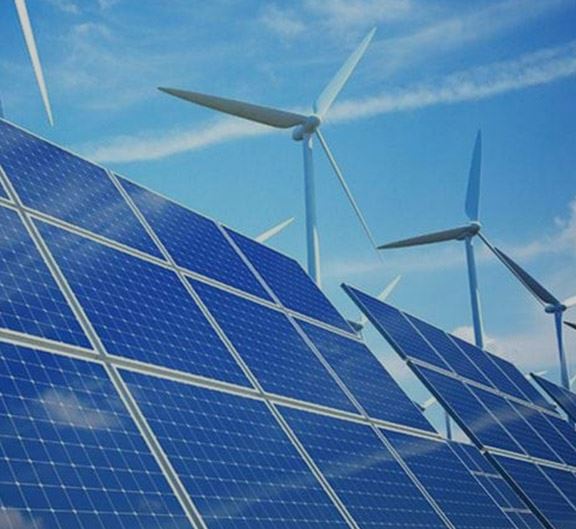
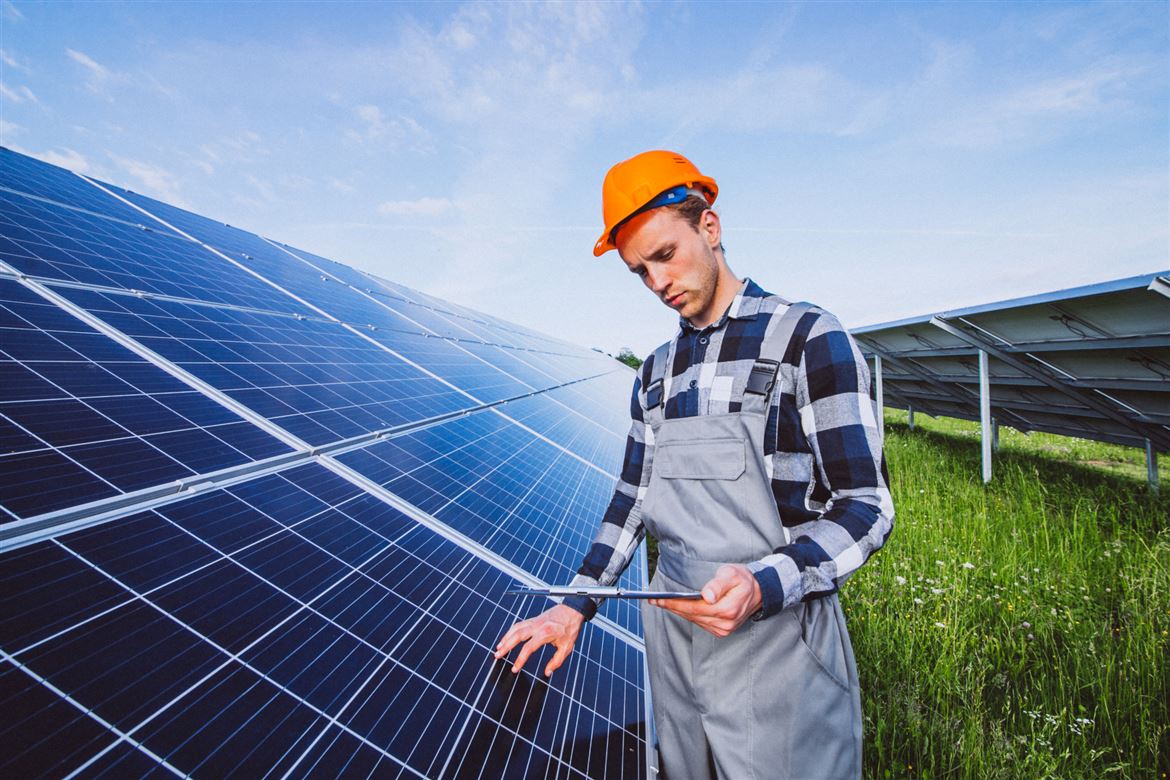
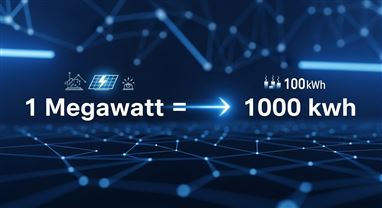
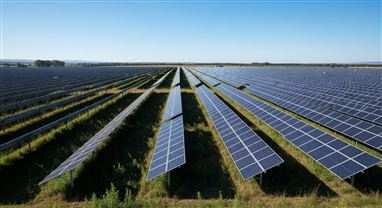
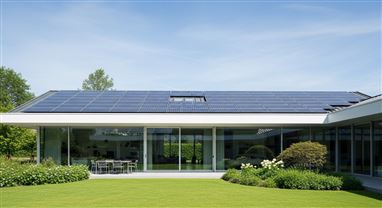
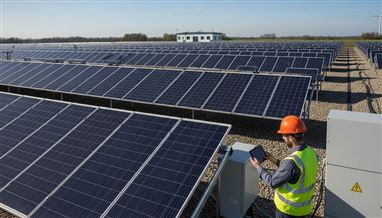
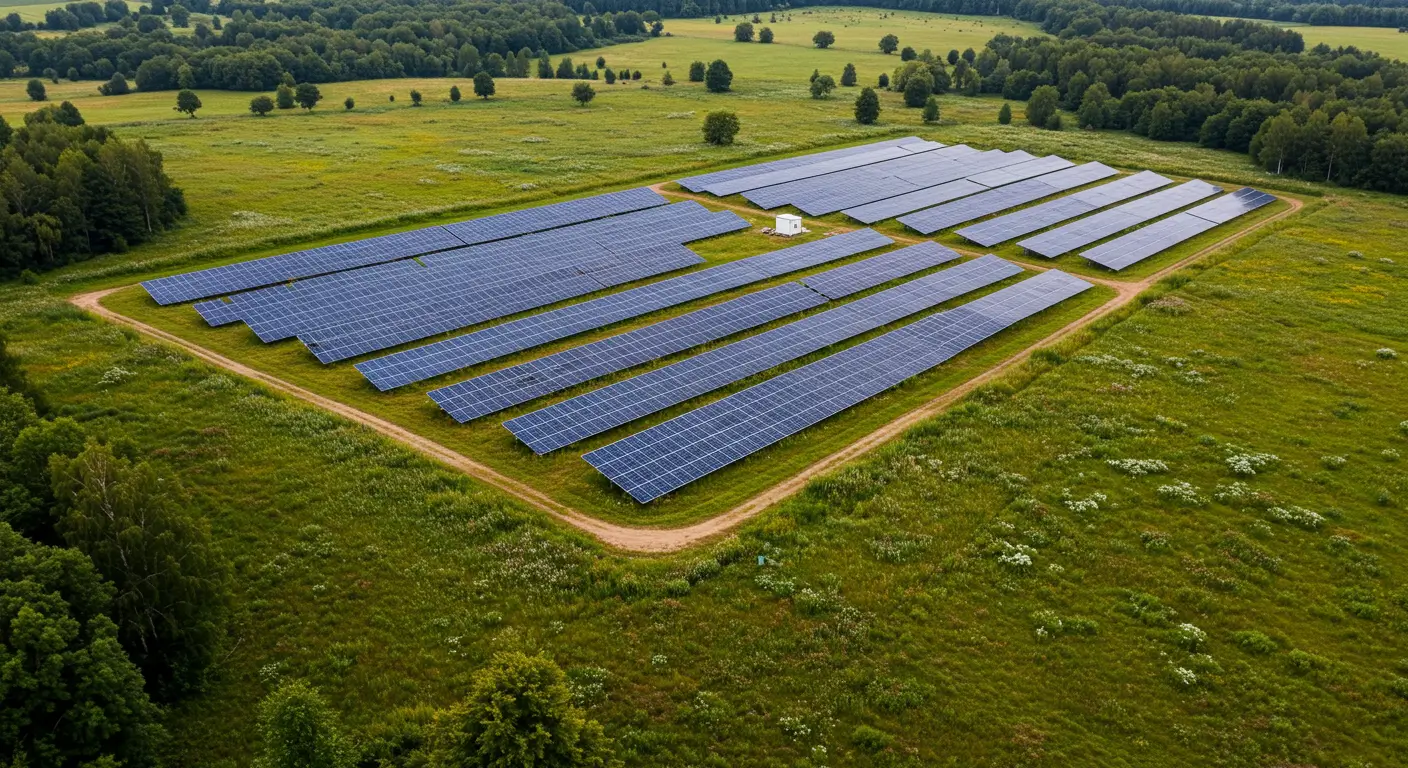
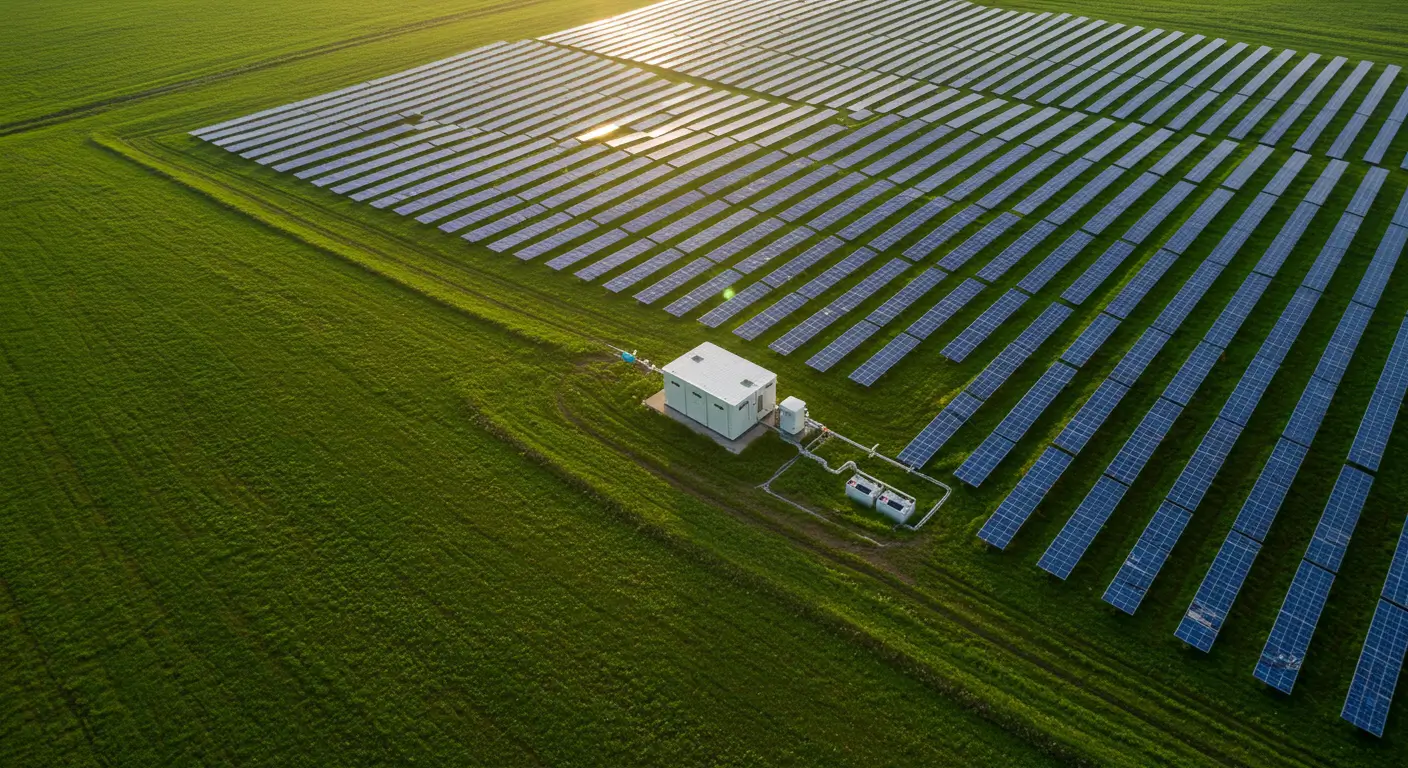

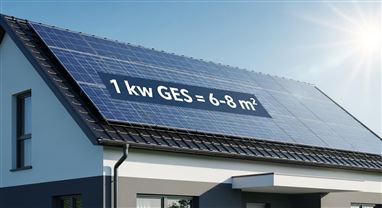
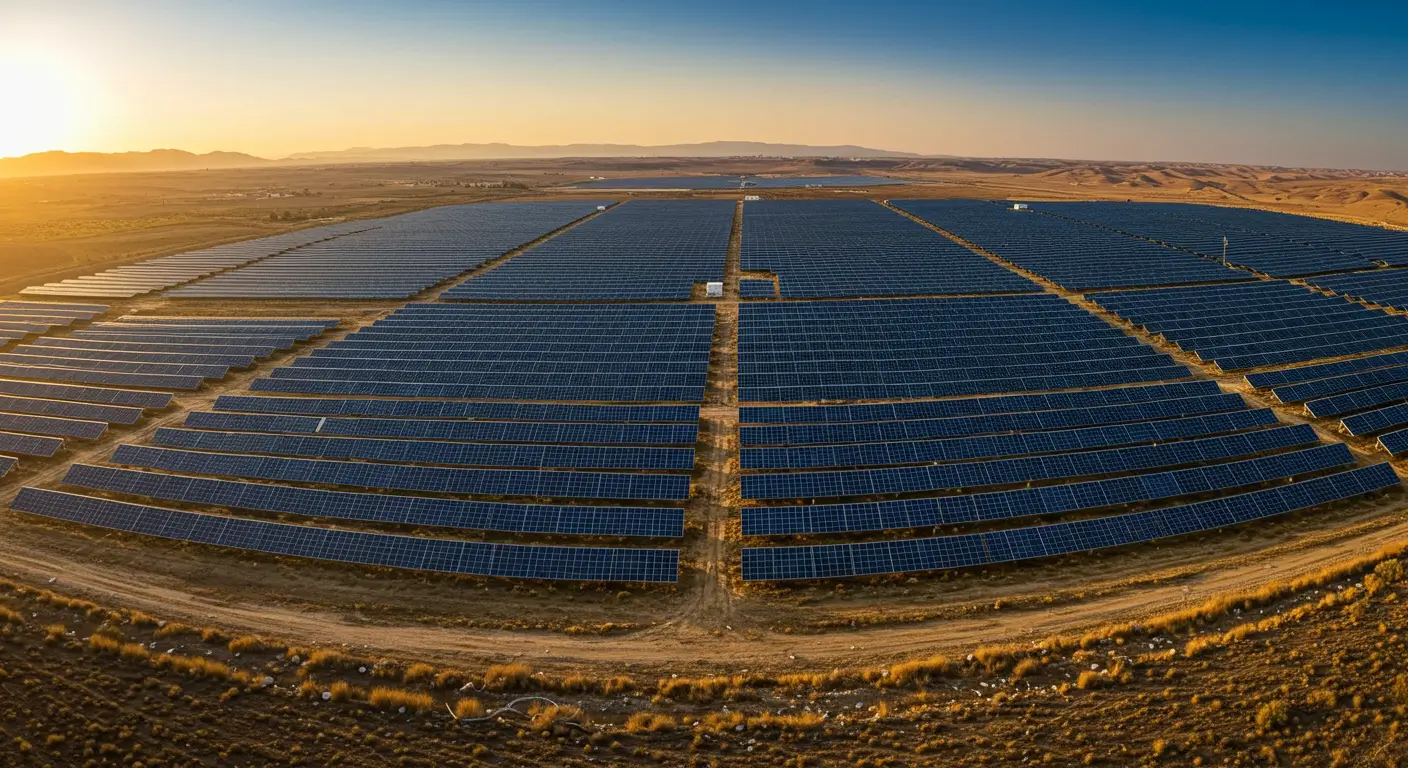
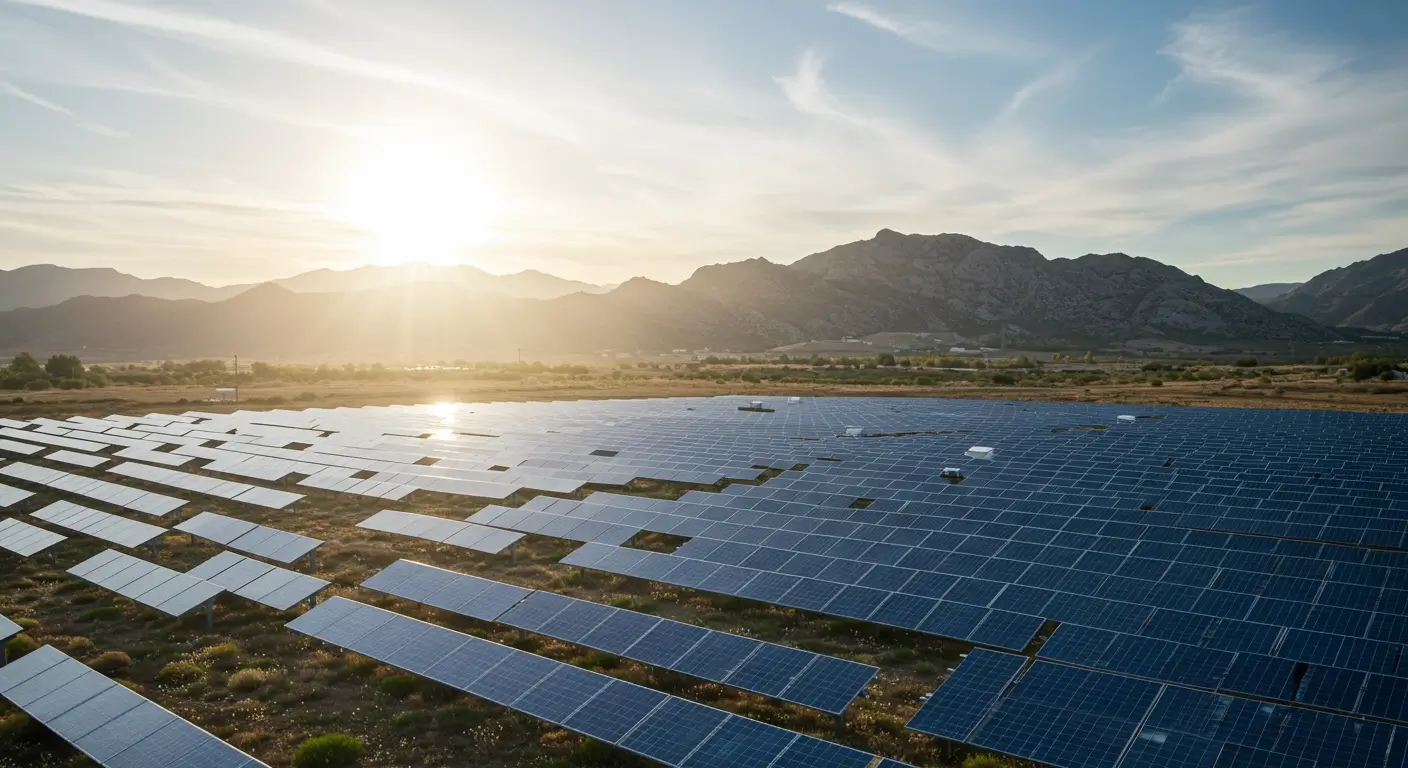
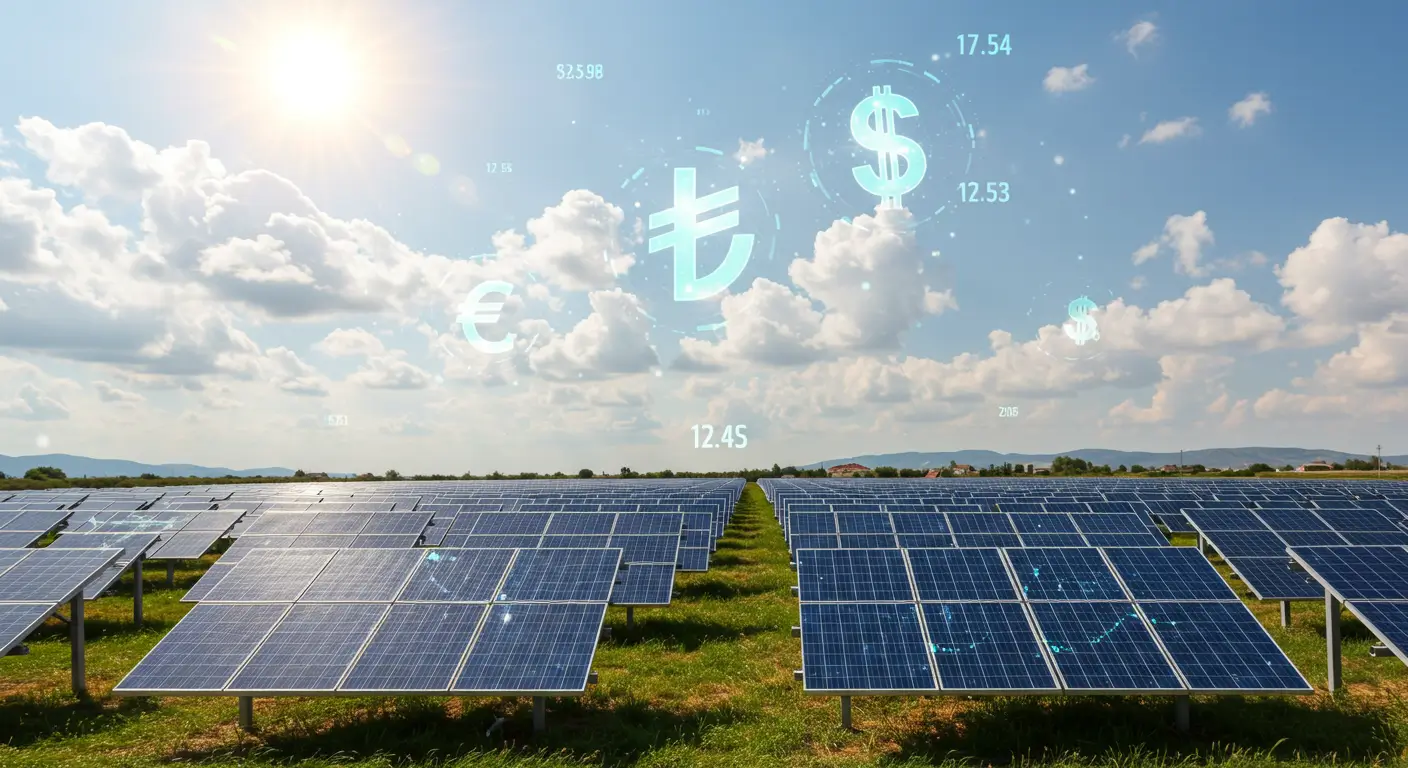

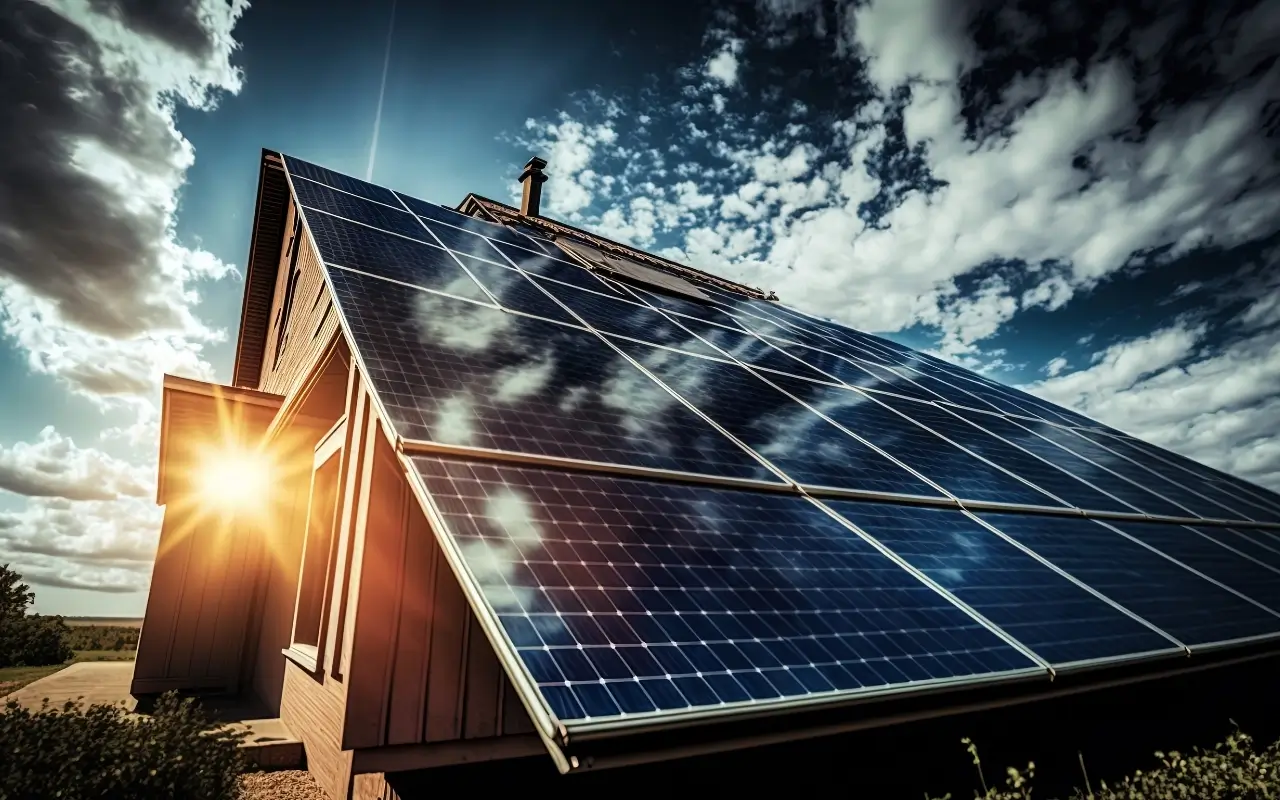
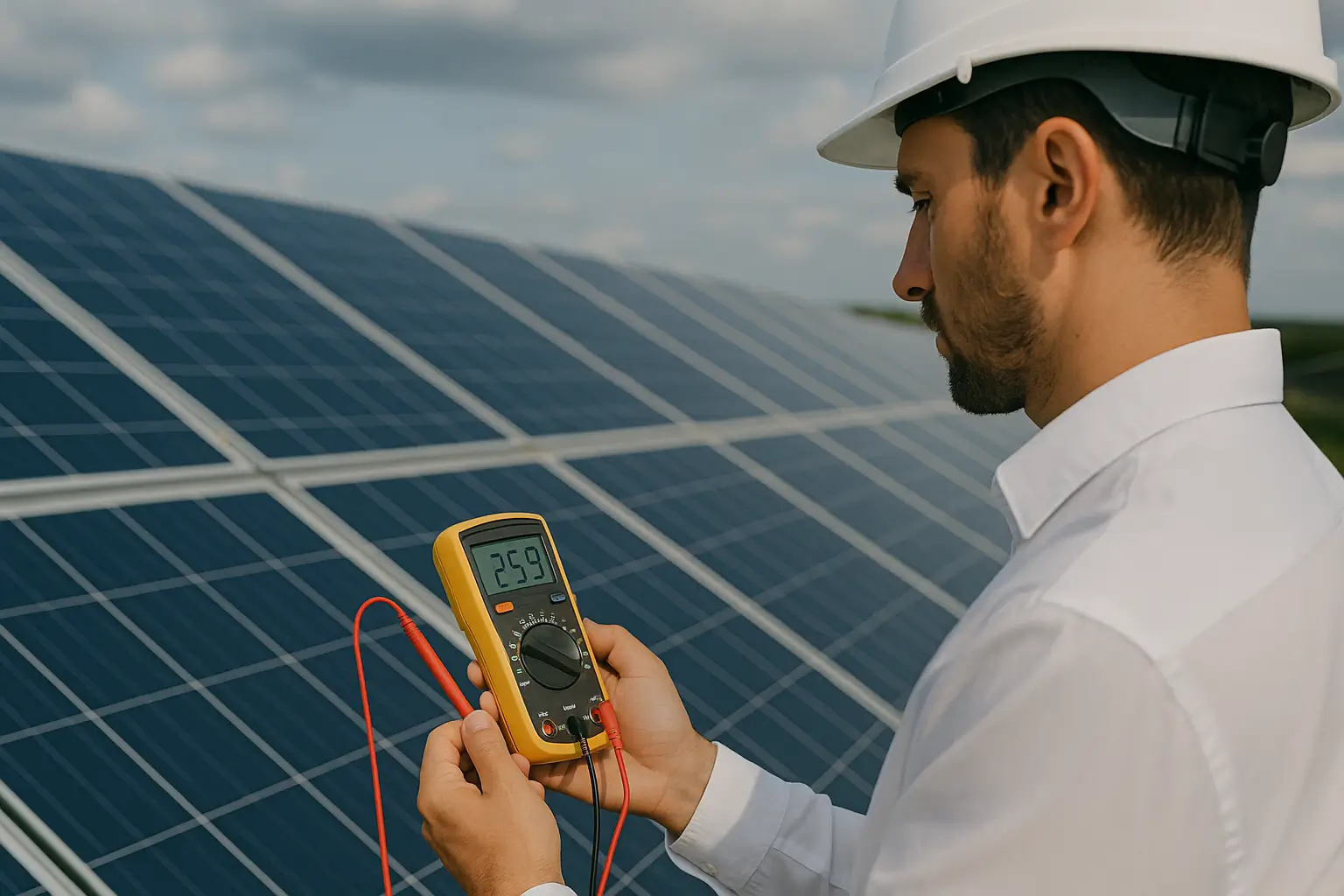
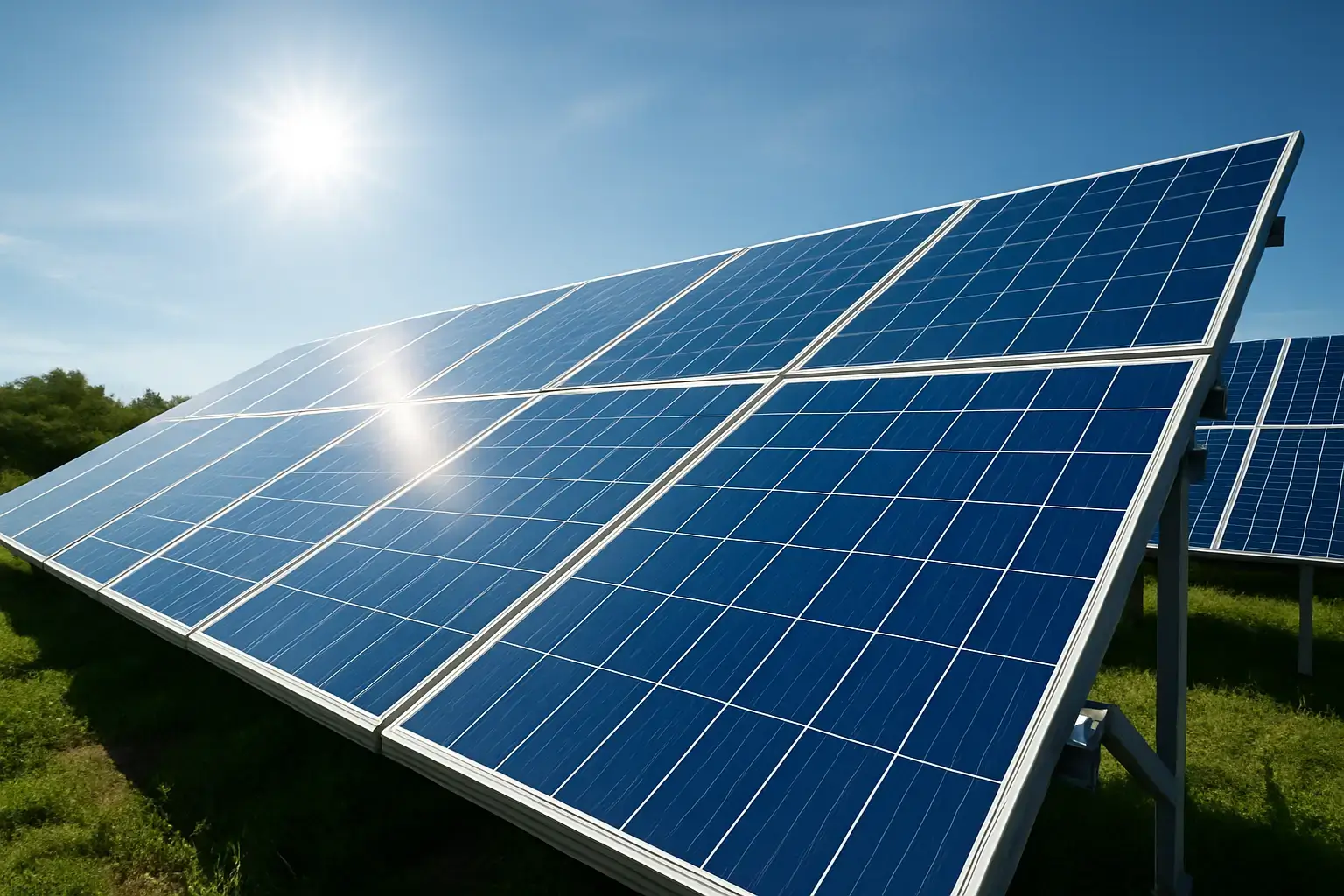
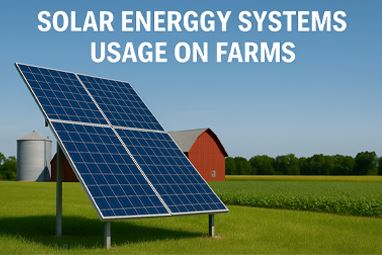
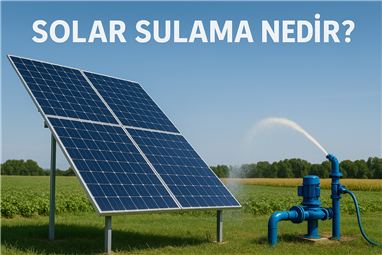
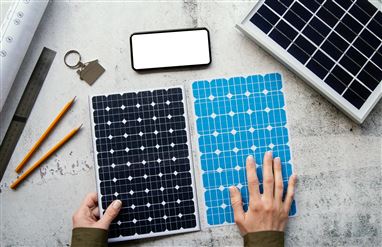
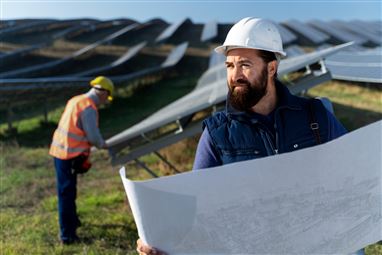
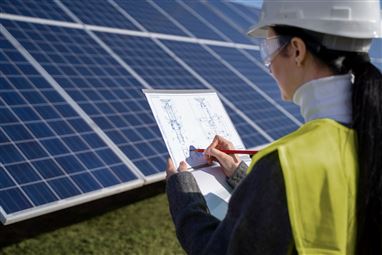
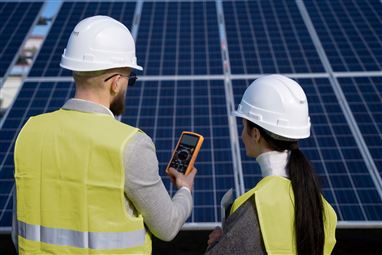
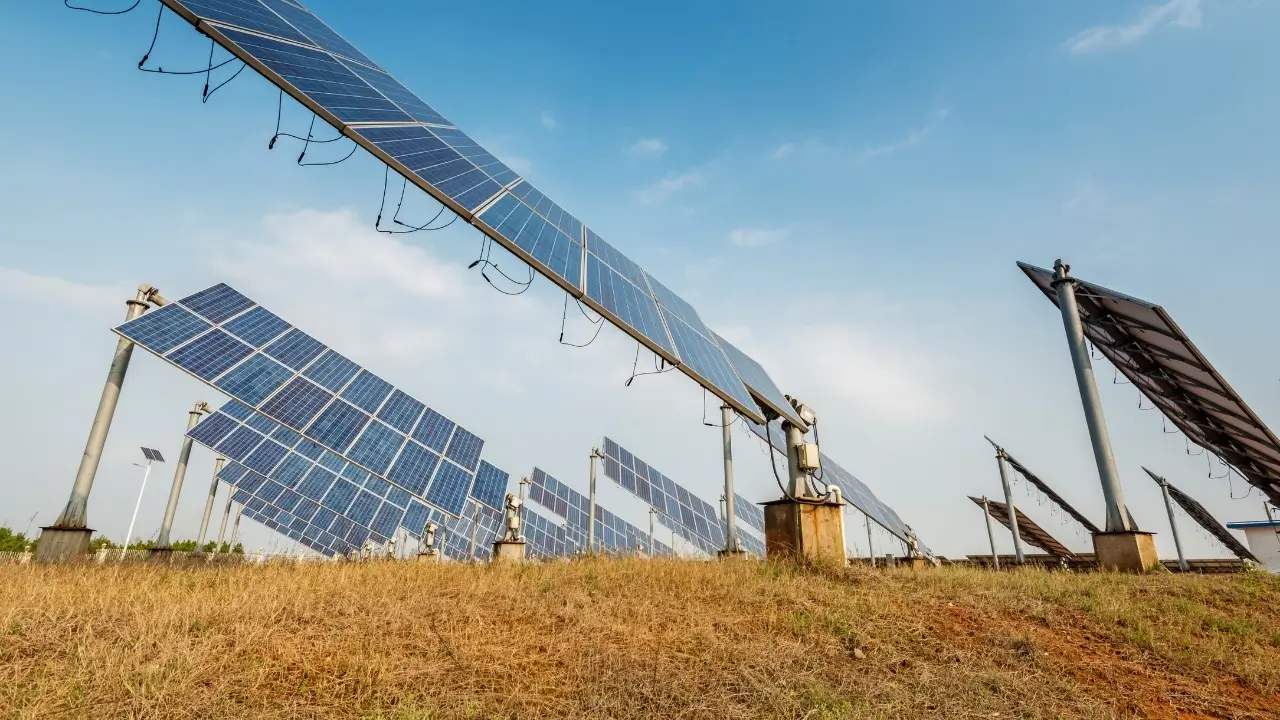
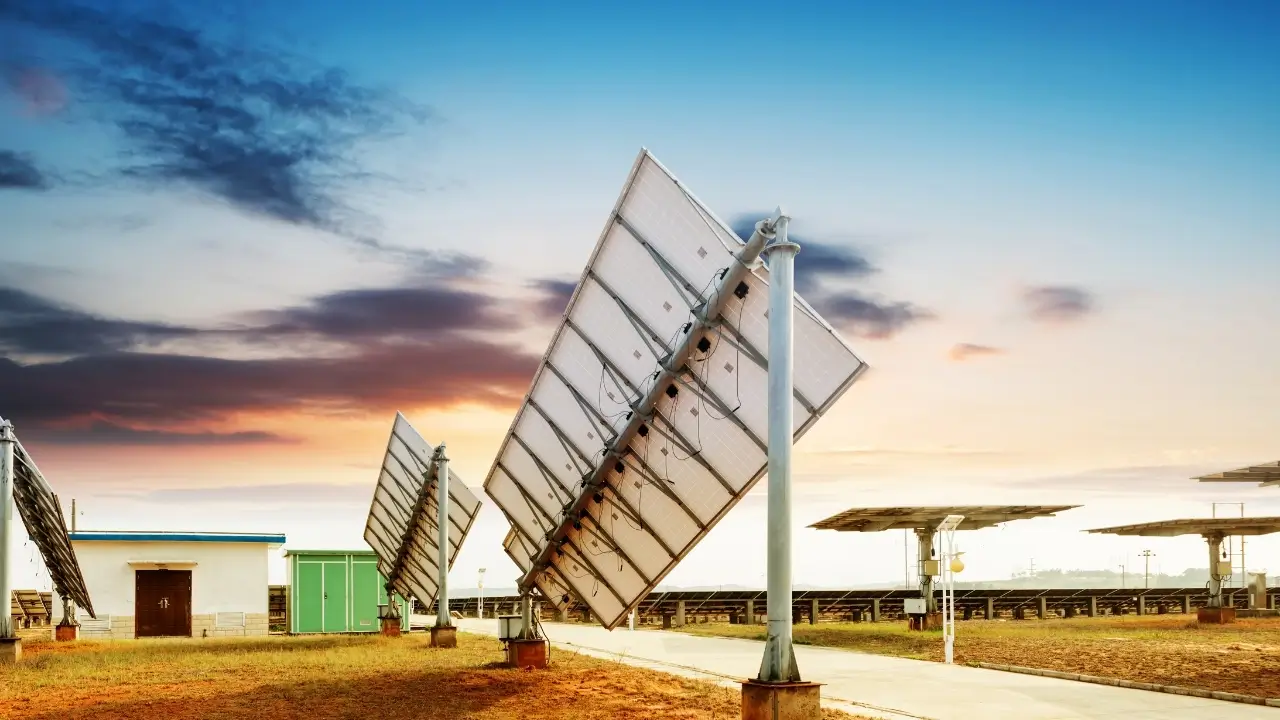
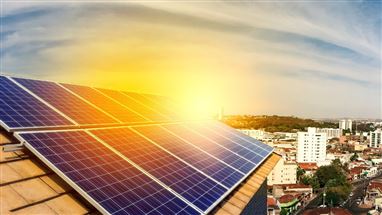
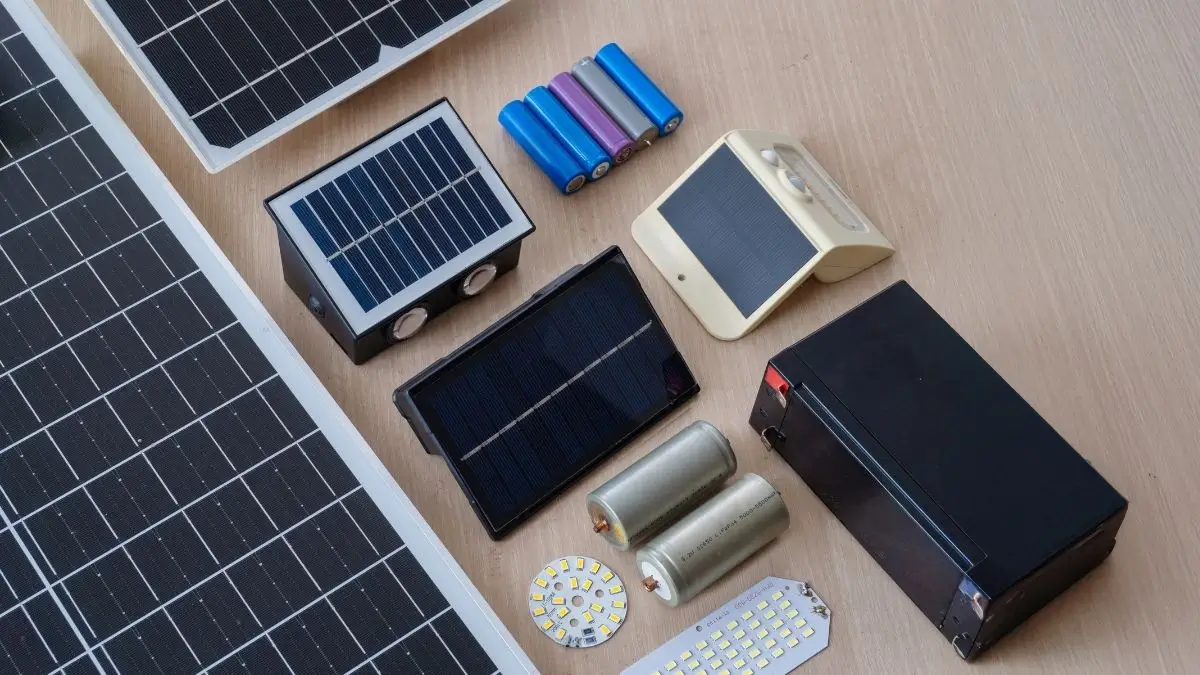
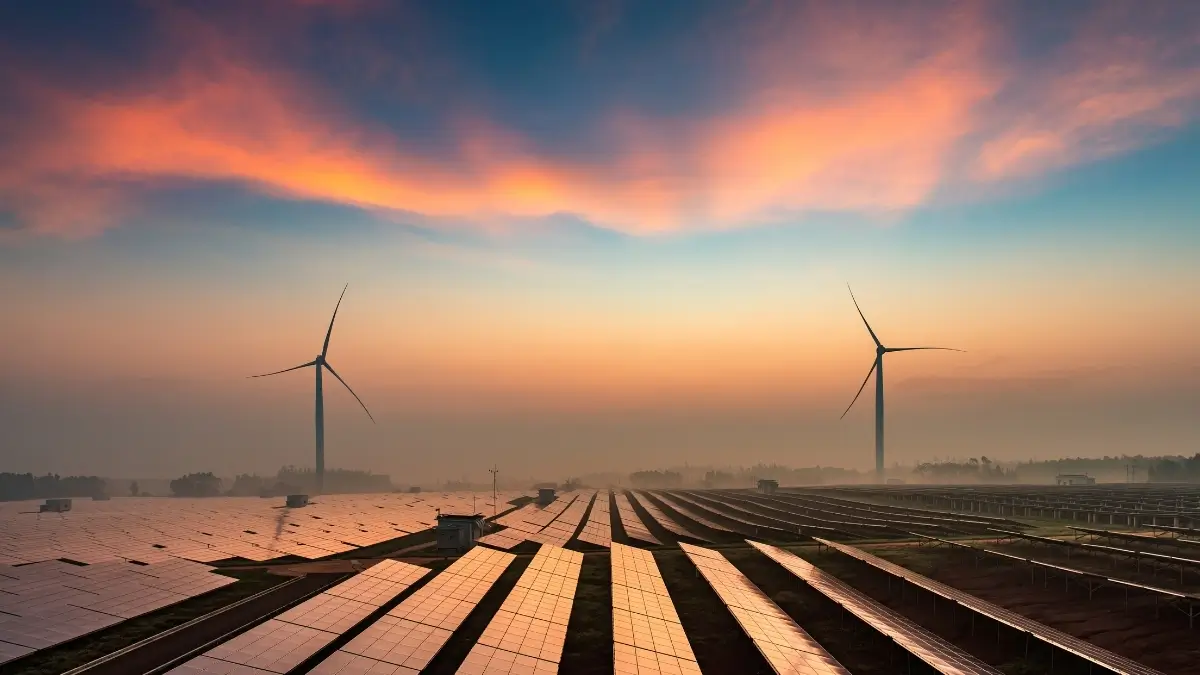
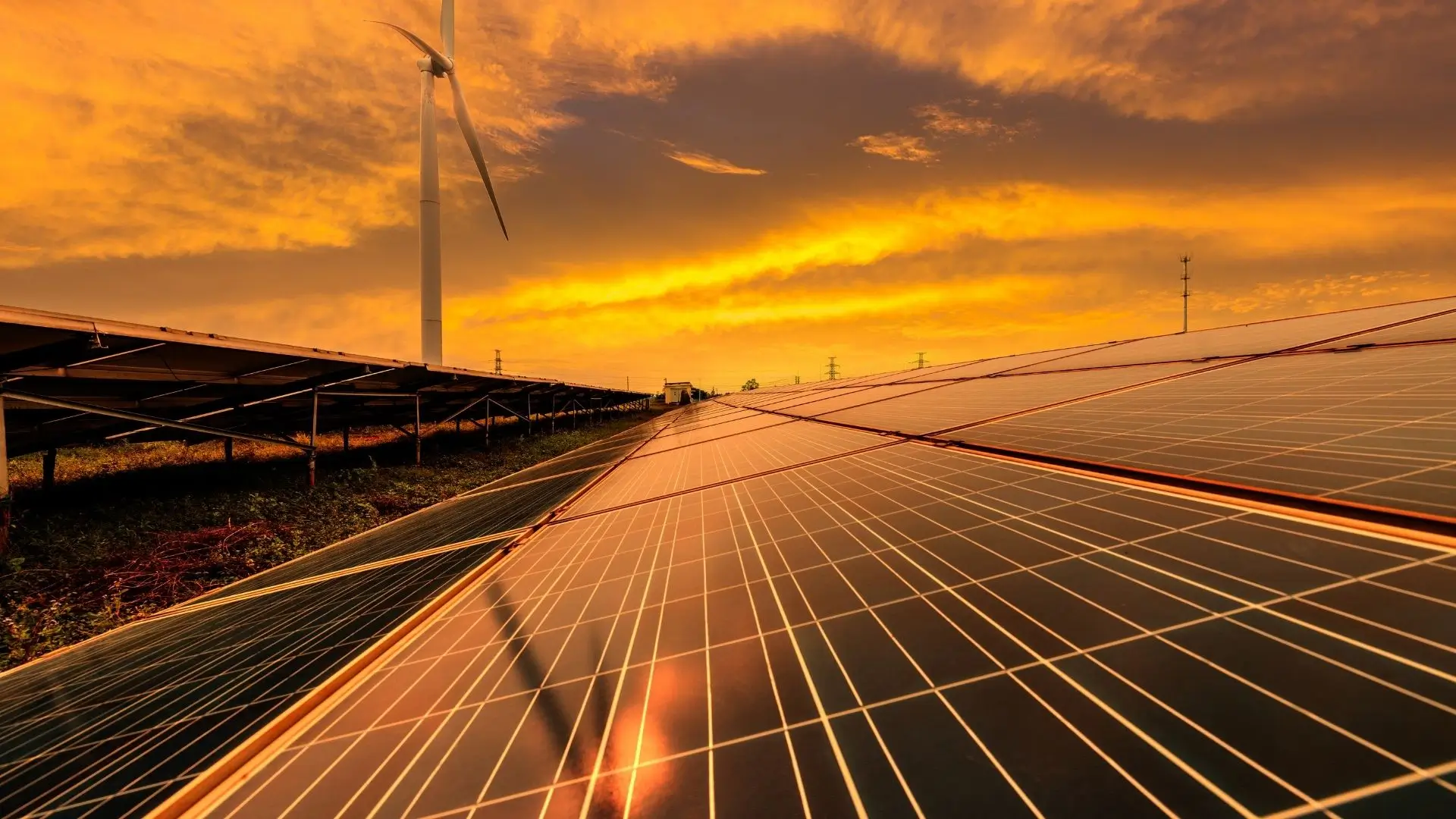
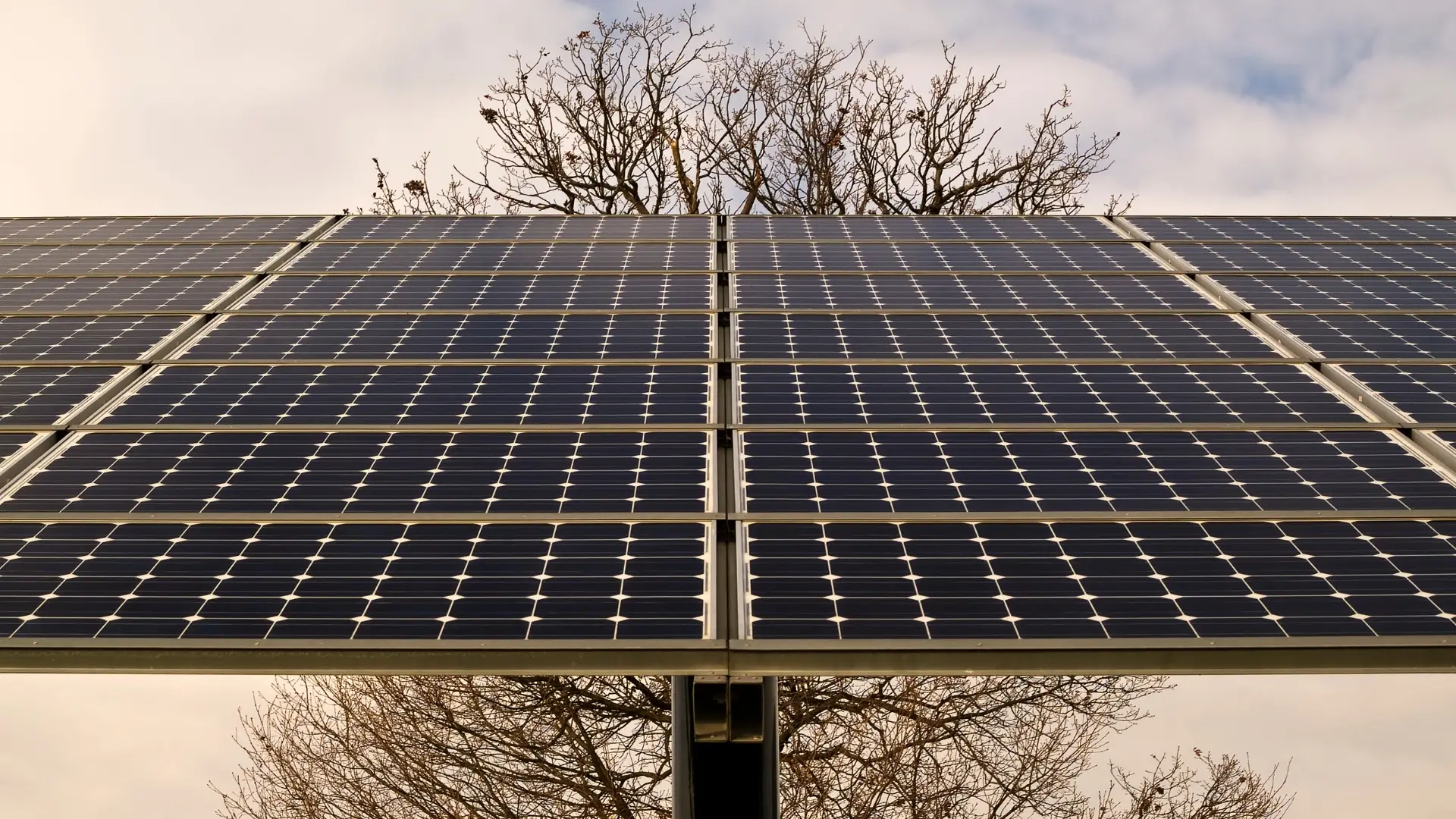
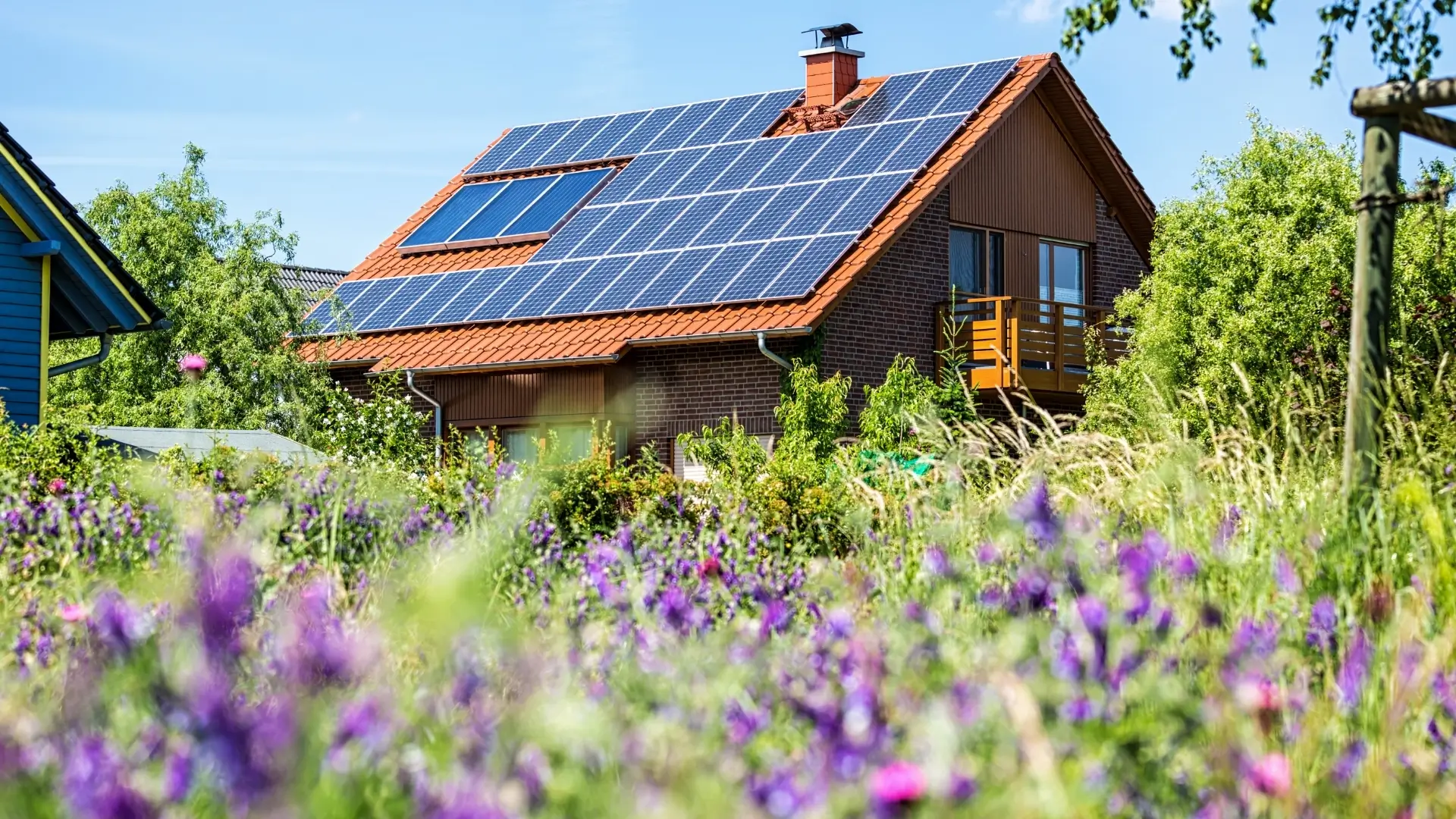
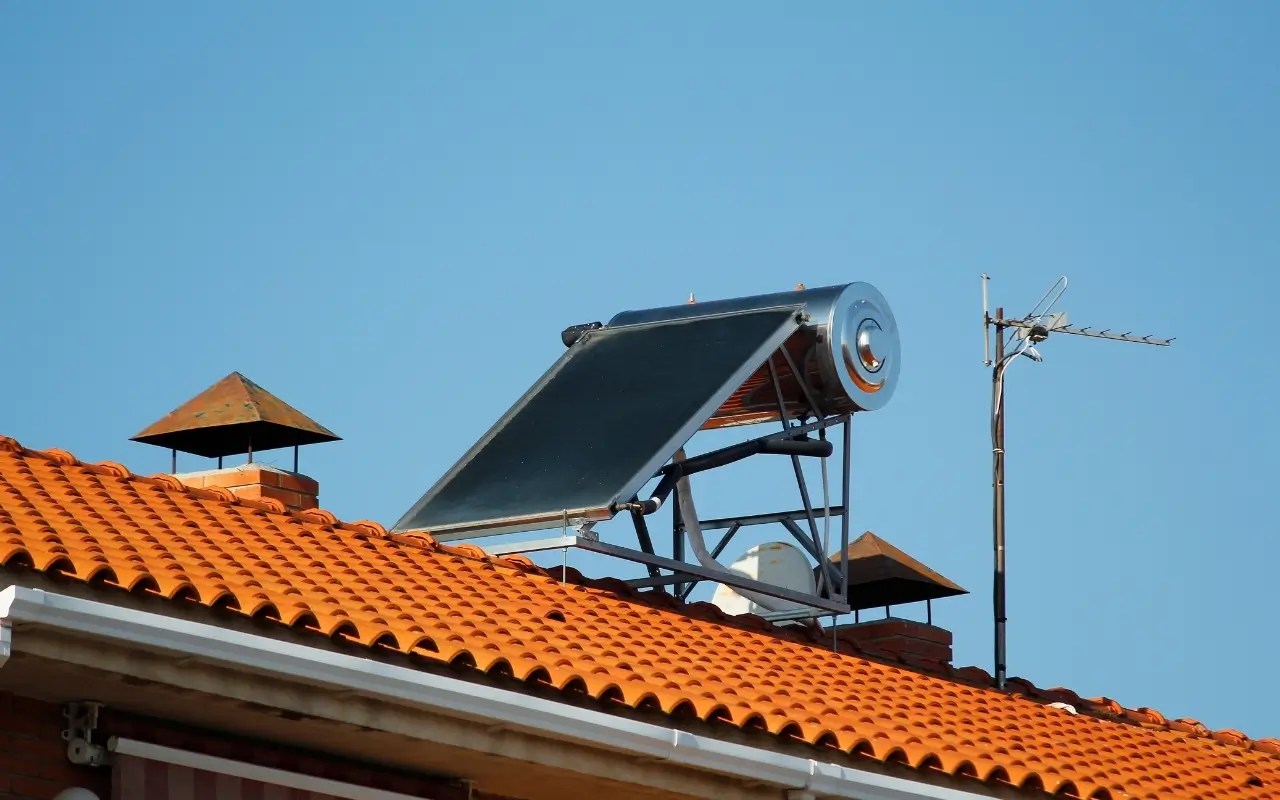
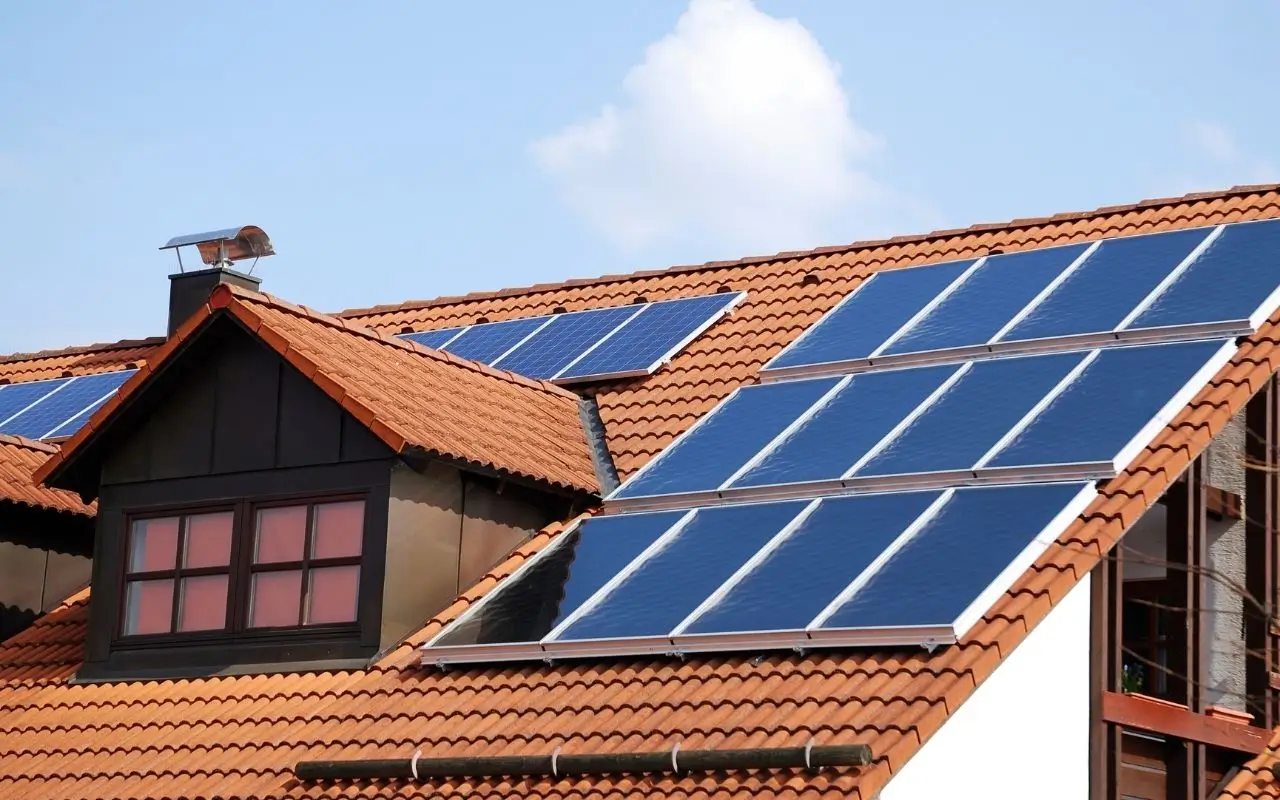
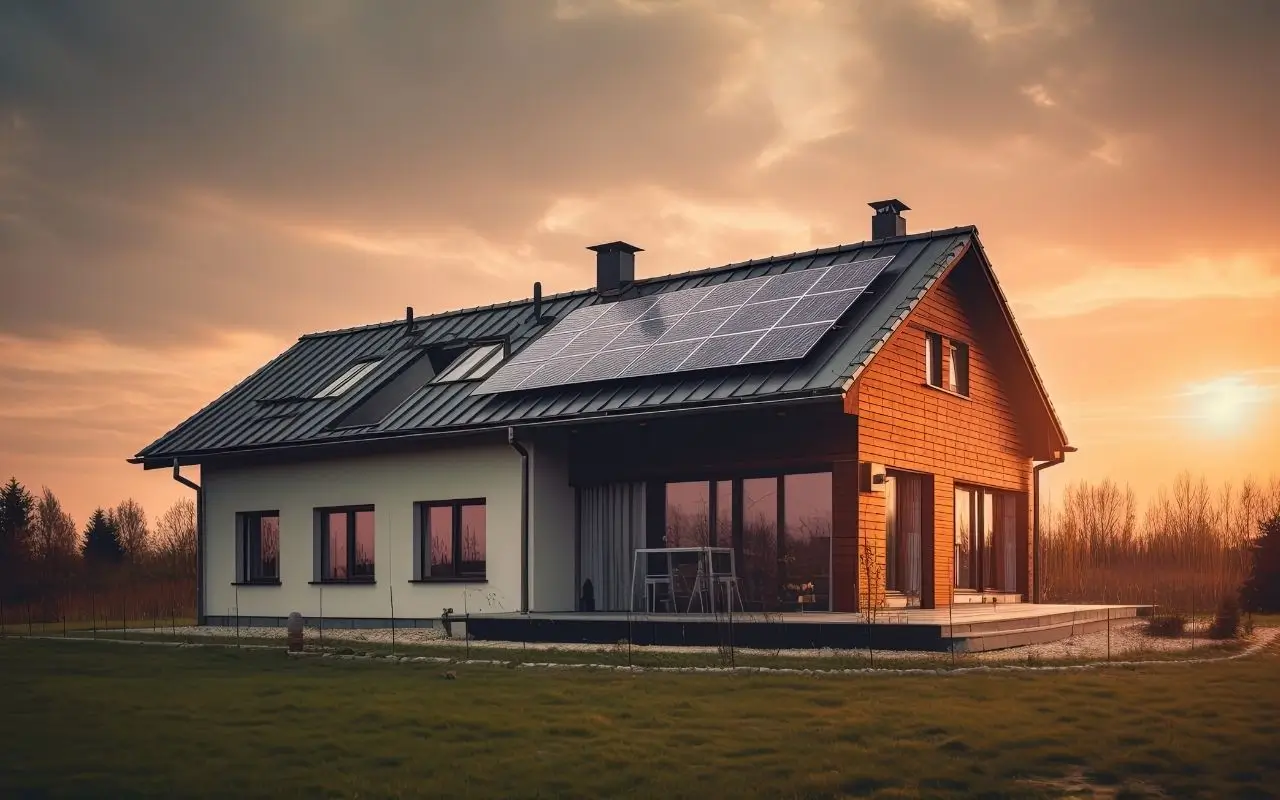
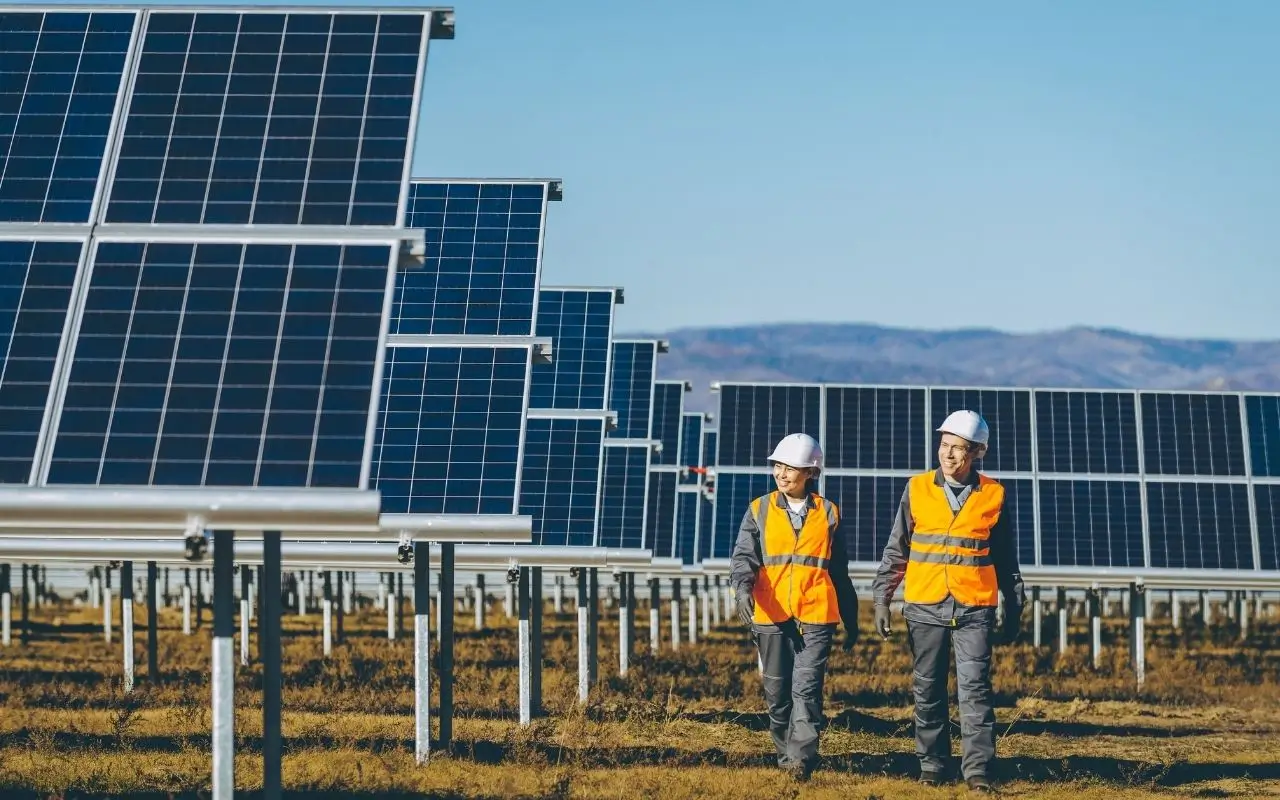
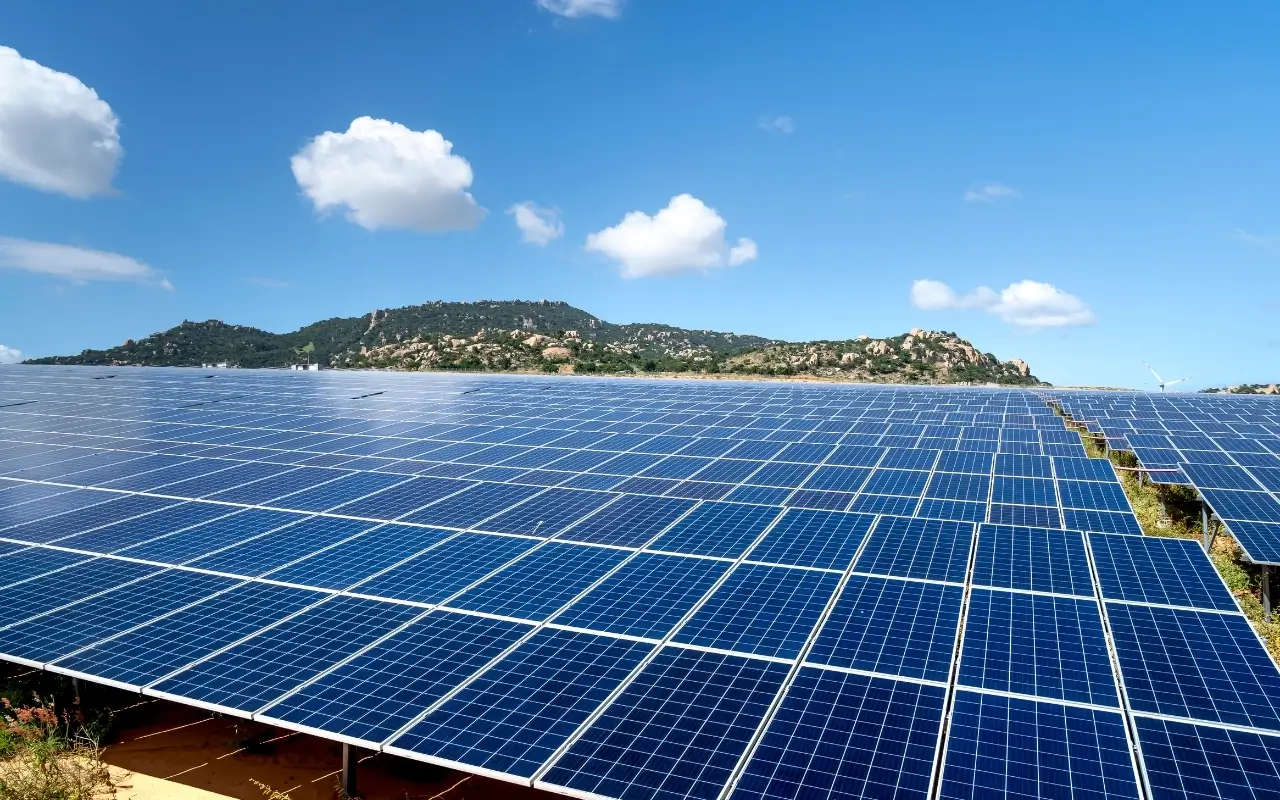
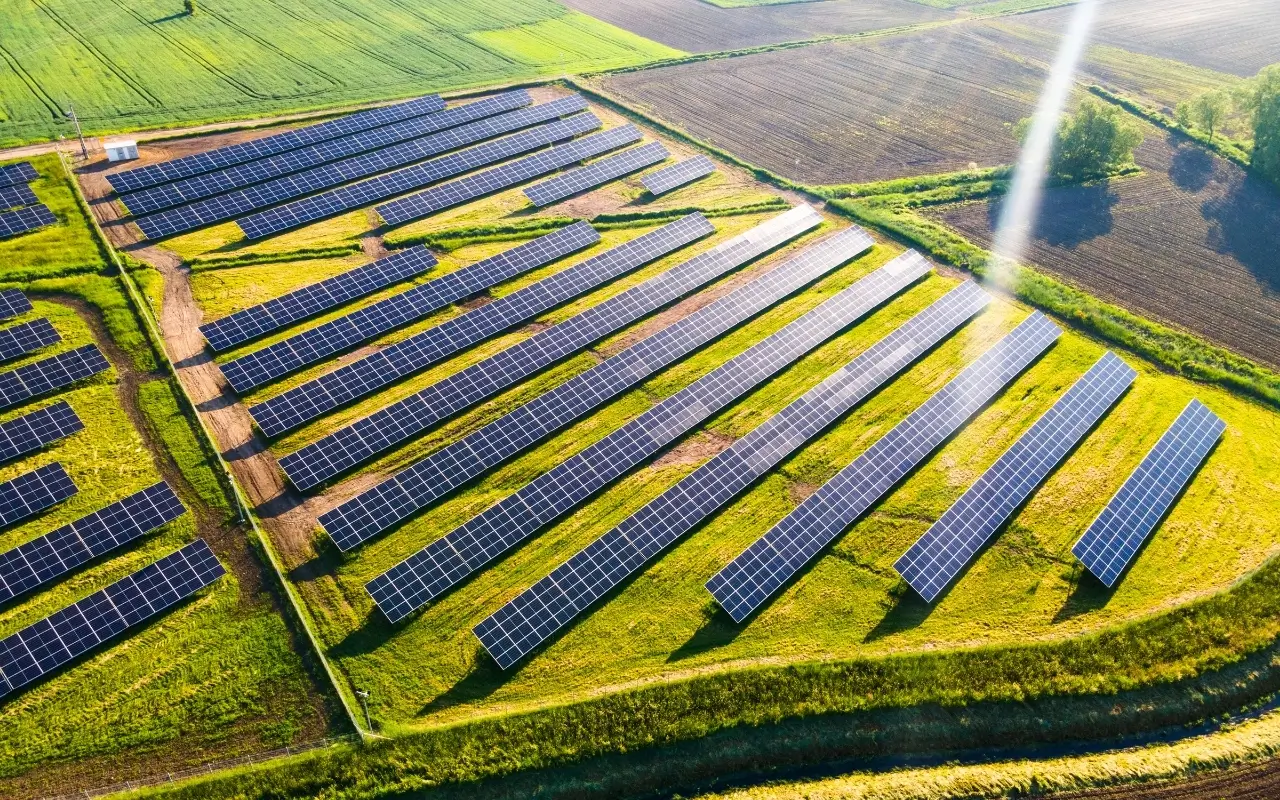
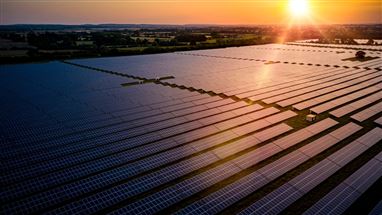
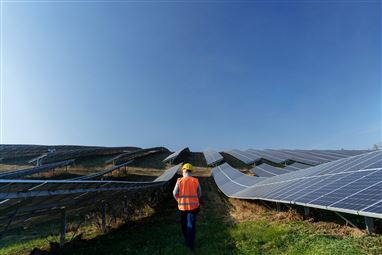
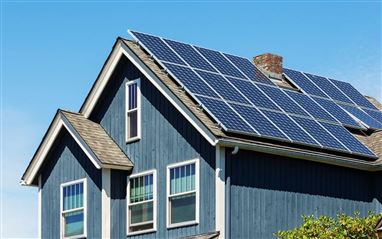

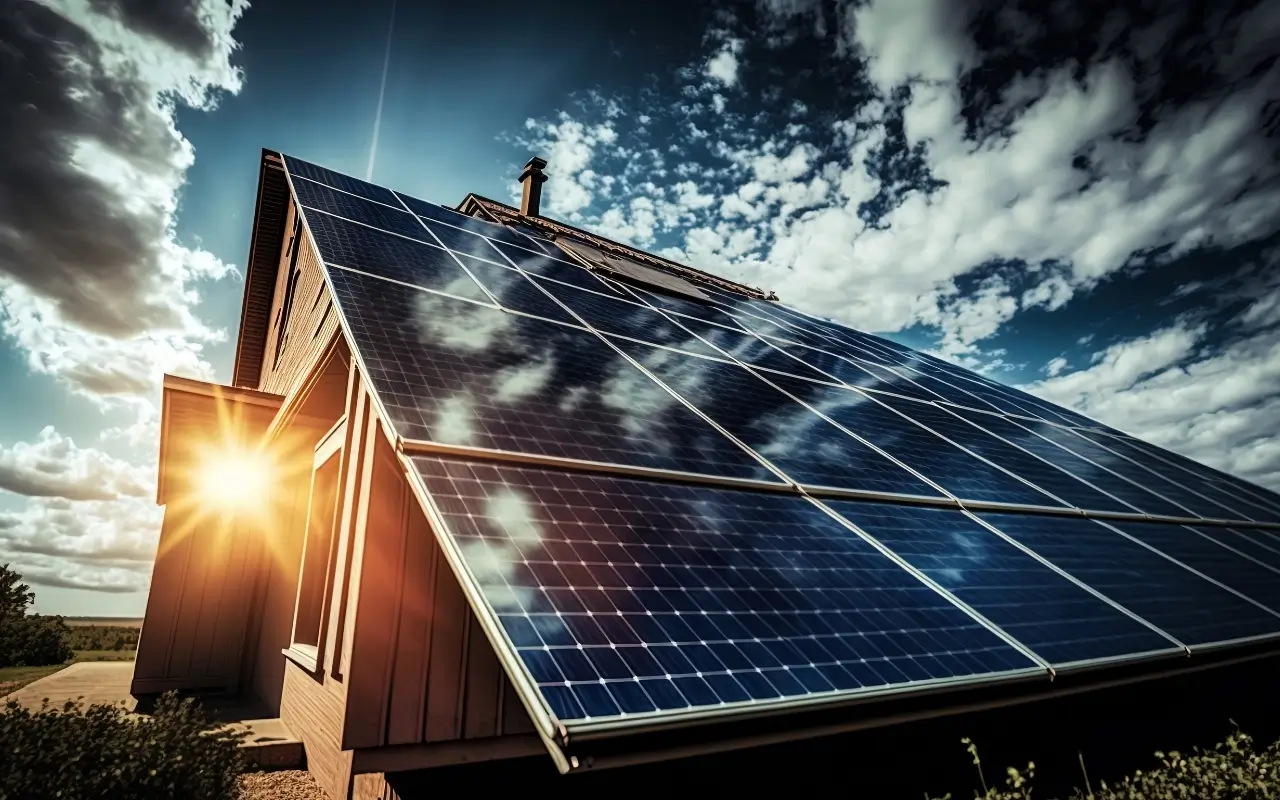
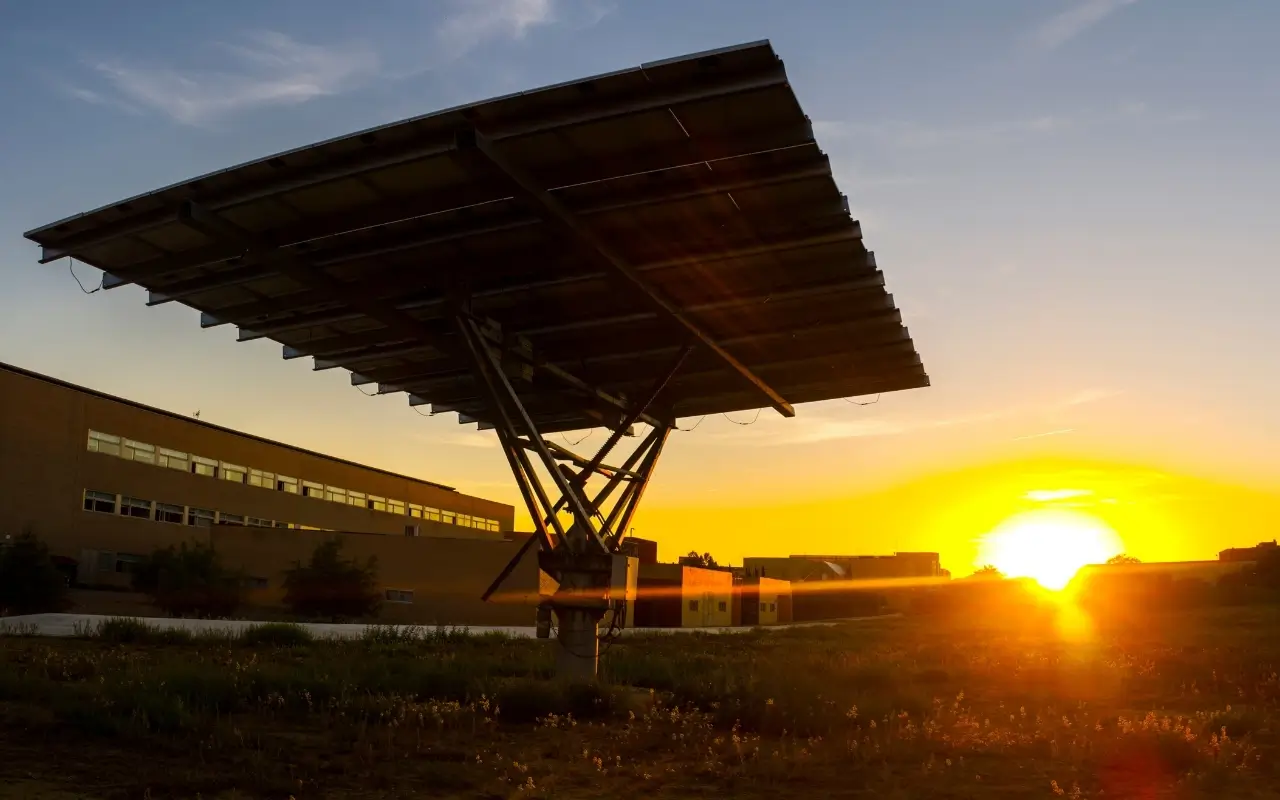
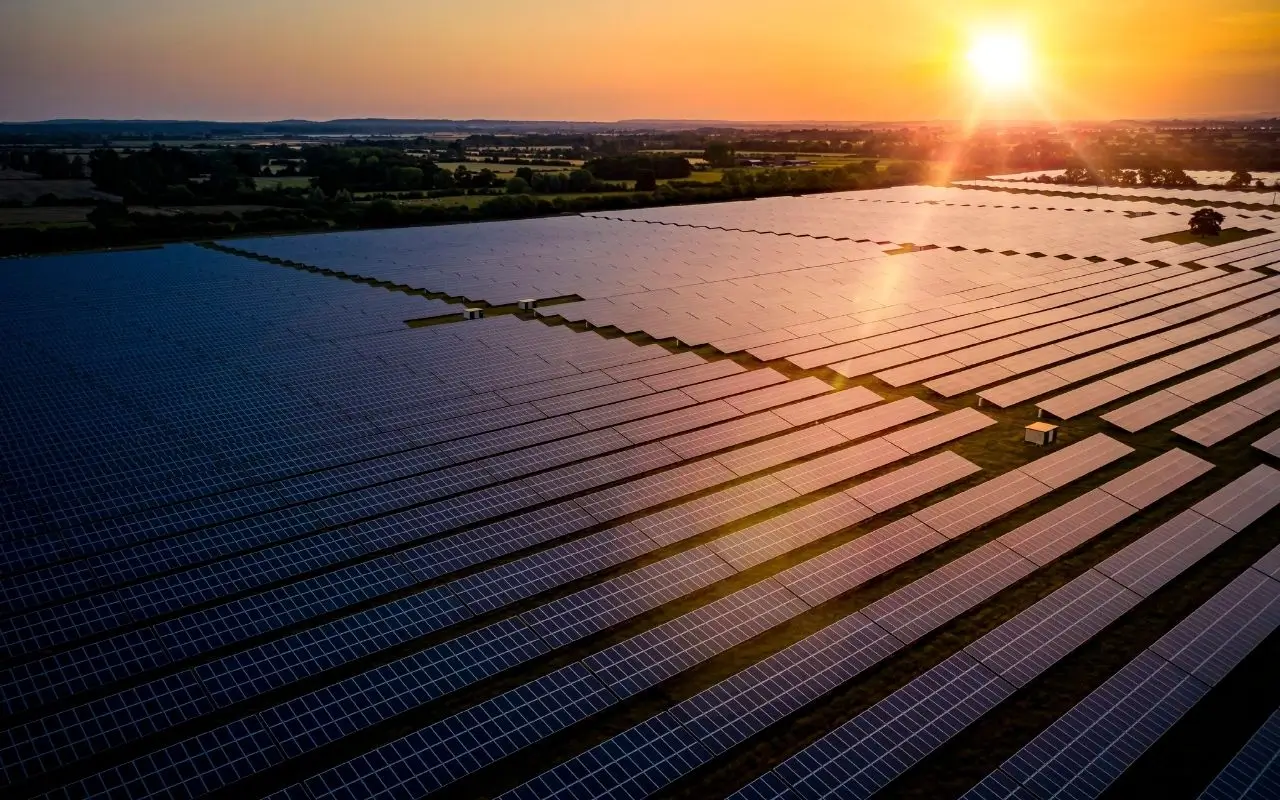
Do Comment